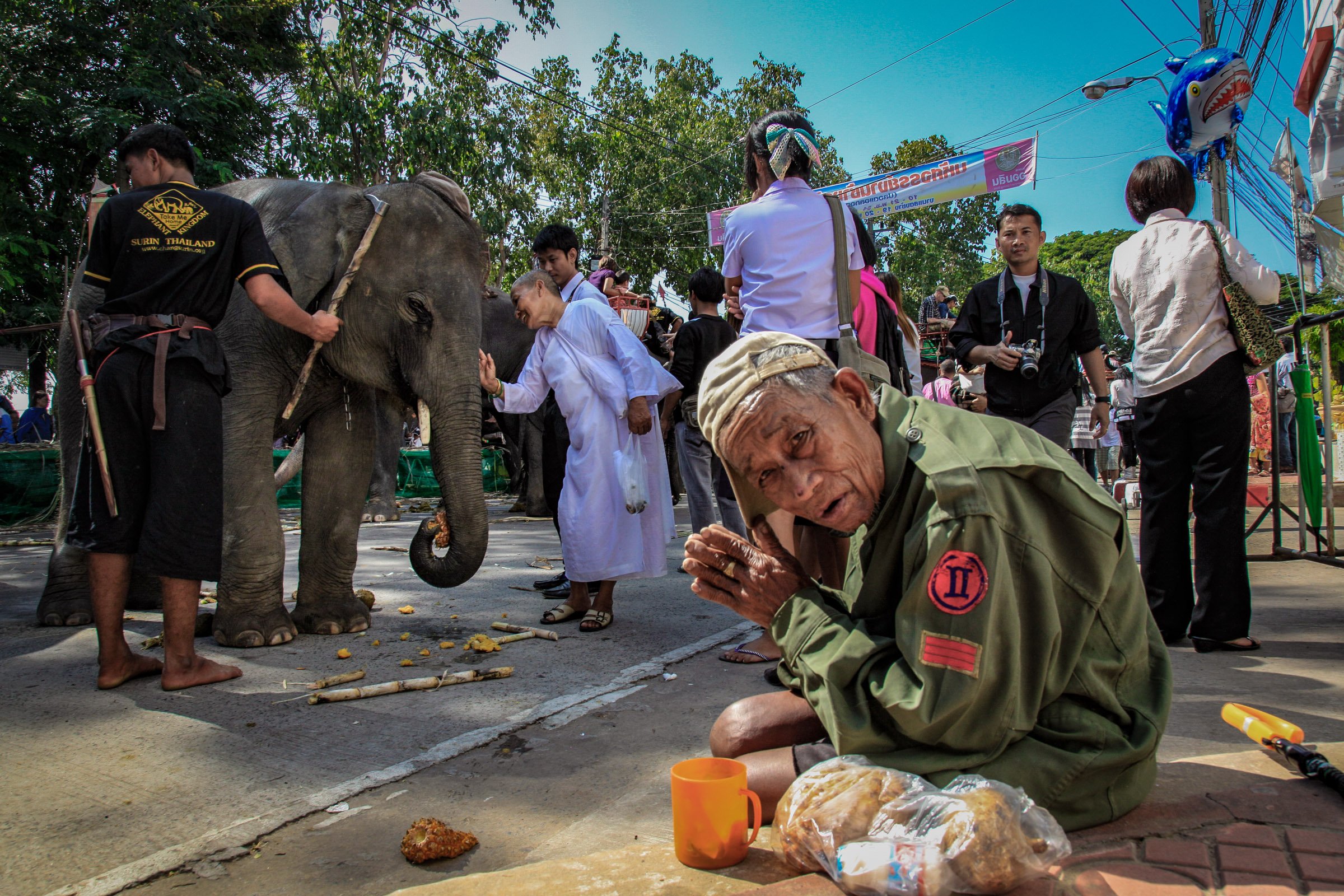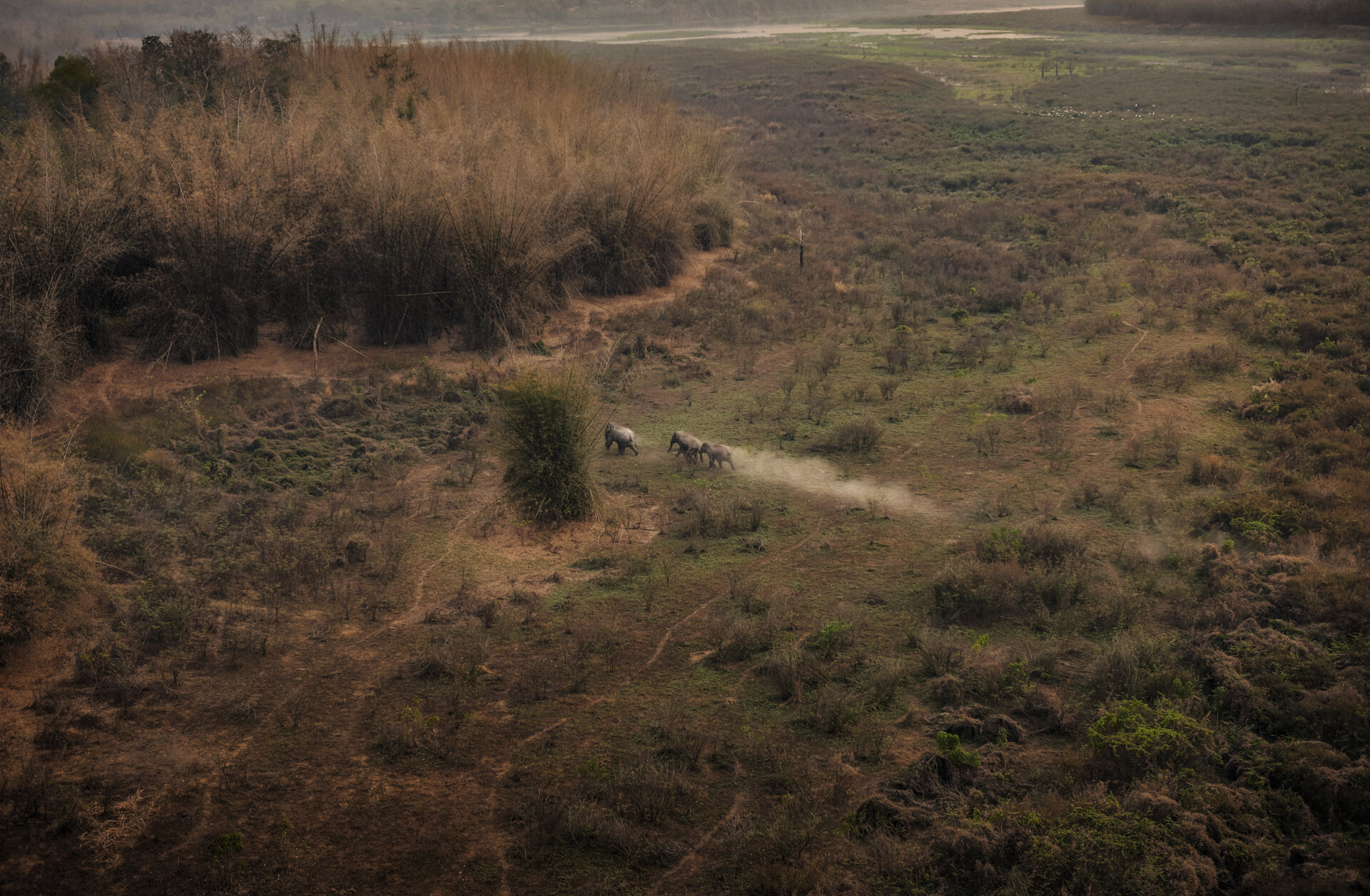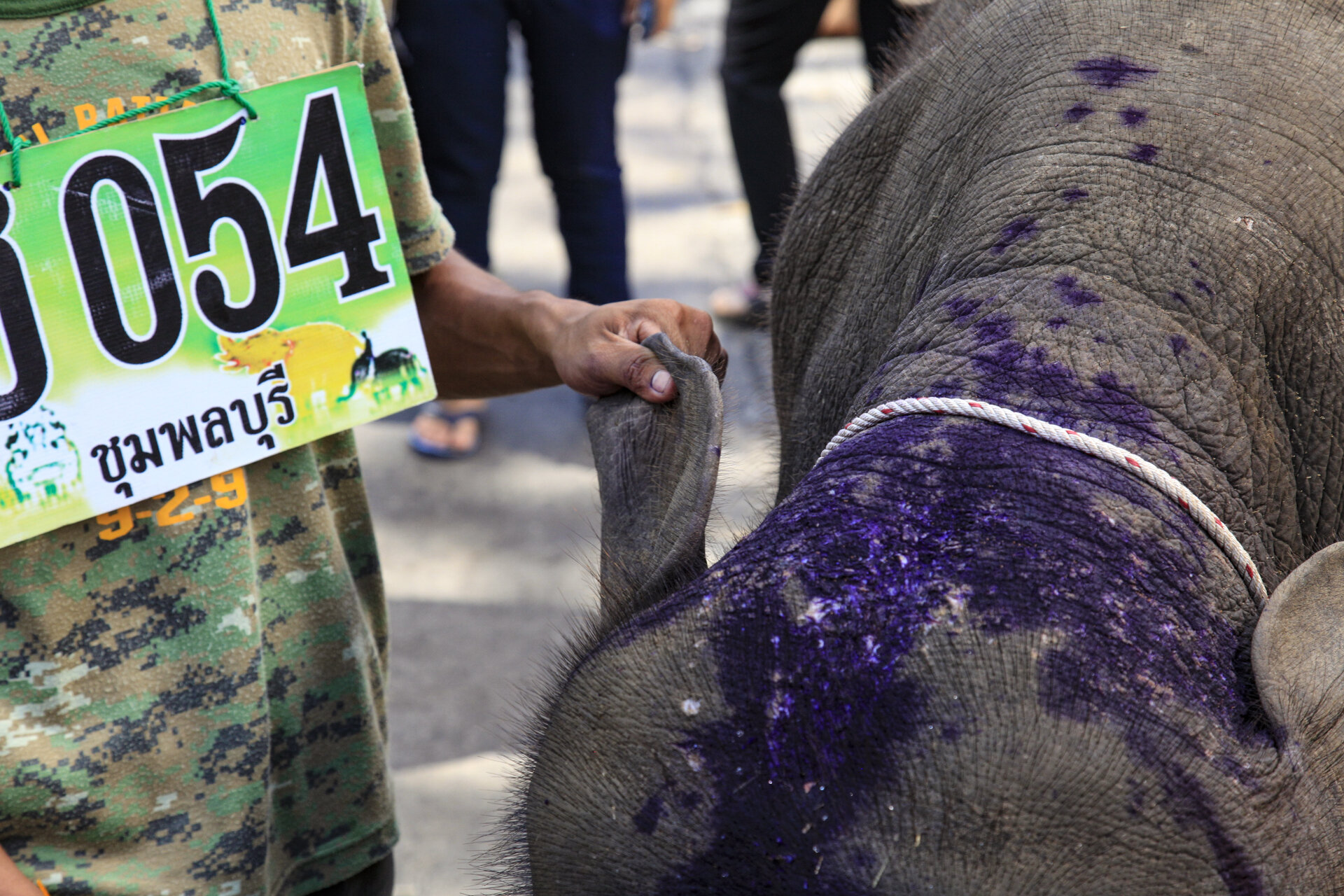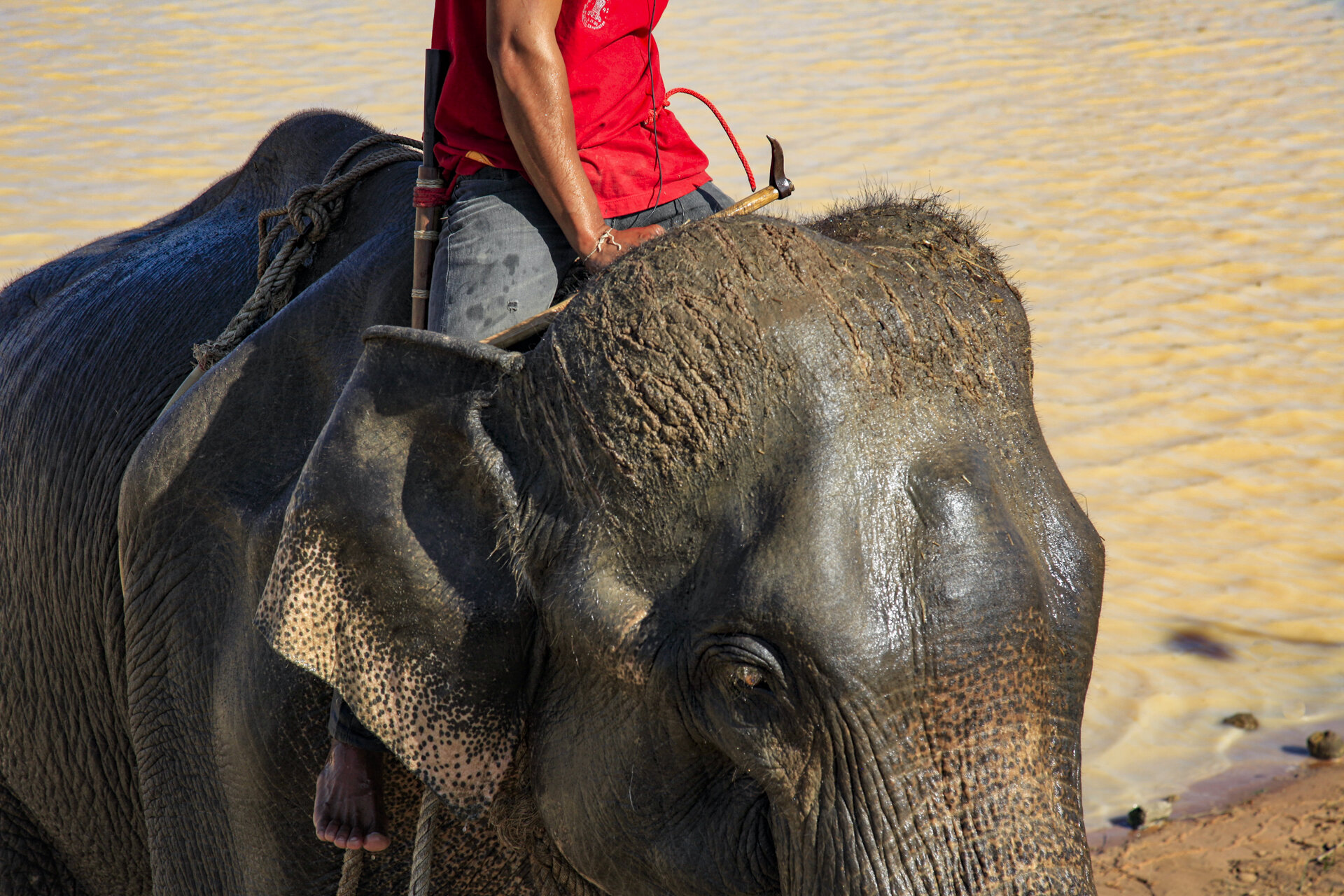
Living with Elephants
The COVID-19 pandemic of 2020 has had a profound effect on the global economy. International travel and tourism collapsed, decimating the economies of many countries. Thailand is heavily dependent upon tourism, which made up over 20% of the country’s GDP in 2019. Thailand’s elephants have been a major tourist attraction for decades, as well as an important part of the country’s cultural heritage. The sudden collapse of the tourist industry resulted in thousands of elephants and their owners (mahouts) being suddenly made redundant and subsequently forced to return to their home villages to rethink their future.
As many mahouts struggled to maintain and feed their elephants, this enforced break from work provided a profound period of healing and reflection as well as an opportunity to free themselves from their dependence on elephant camps. For the elephants, it meant respite from the abuse often endured when working in Thailand’s tourist trade.
Wild elephants have been captured and used in many Asian cultures for millennia and are an integral part of culture and religion. The Thai tourist industry has had a profound effect on wild elephant populations in Asia. The modern elephant tourism model introduced huge demand for both live elephants and elephant products and derivatives such as skin and ivory. As young calves, wild caught elephants are separated from their herd during capture and their mothers are often killed defending them. Capture pits are also used but usually result in injuries and death for the elephants. The captured calves then have their wild spirit broken through a violent process and are then forced on to surrogate mothers and laundered into domestic populations through legal loopholes. This has traditionally been the common method of sourcing live elephants to boost domestic populations in Thailand and most of Asia. Once working, their compliance is maintained by regular jabs and cuts to the head from a bull- hook, leaving revelatory scars and psychological damage.
Since 2016, a disturbing new element has also emerged in the trading of elephant skin to supply demand in booming Chinese markets. In Asia, where around 50,000 wild elephants remain scattered across 13 countries, the biggest threat to elephant survival has historically been habitat loss. In Thailand and Myanmar, already dense human populations continue to expand into elephant habitat forcing the pachyderms into smaller disconnected fragments of forest which often leads to human elephant conflict (HEC) that can precipitate in human and elephant killings.
In recent years, international pressure to end elephant rides and animal cruelty in tourism has gained traction, but the onset of the pandemic has made this a sudden reality as thousands of elephants were forced back to their villages. The prolonged stays have led to a revival of close bonds and many owners have sought ways to keep their elephants at home with their families. Many now feel reluctant to go back to the elephant camps once the ravages of the pandemic subside and mass tourism resumes.
But what would the future hold for these elephants without tourism? Once retired, will they go to sanctuaries where people might still pay for a ride or watch them perform? Can mahouts alone be expected to keep a hungry elephant fed and healthy for the rest of its life? These are the consequences for taking elephants or any wild animal from the wild for tourism or any other form of exploitation.
Asia’s remaining wild elephant population is barely 50,000 individuals and threatened by habitat destruction, poaching and expanding agriculture. The end of elephant tourism might save future populations from being taken from the wild, but a new cruelty-free relationship between man and elephant still lies in the hands of the mahouts, their families and the world's tourist's. For the mahouts it means the return of a much loved member of the family and the dawn of a new future for them and their elephants.




























































